Abstract Research has focused on exploring the distinction between human employees and AI robots. However, little is known about customer perceptions of service fairness towards AI robots (vs. human employees). A mixed-methods approach was adopted including a qualitative study which…
Tag: Robot
My colleague is not “human”: Will working with robots make you act more indifferently?
Abstract Service warmth, defined as kindness, sincerity and helpfulness experienced by customers, is a critical component of service delivery. Using a combination of questionnaire surveys and roleplay experiments involving customers, employees, and their supervisors, this study investigated how employee service…
Automated social presence in AI: Avoiding consumer psychological tensions to improve service value
Abstract Consumers are increasingly embracing robots and AI. This has led them to suffer psychological tensions in their AI experiences (e.g., data capture, classification, delegation and social experiences). This exploratory research proposes that AI with higher perceived automated presence (sense…
New snail-inspired robot can climb walls
A robot, designed to mimic the motion of a snail, has been developed by researchers at the University of Bristol.

ETRI Develops An Automated Benchmark for Language-based Task Planners
ETRI research team has developed a technology that automatically evaluates the performance of task plans generated by Large Language Models (LLMs), which paves the way for fast and objective assessment of task planning AIs.
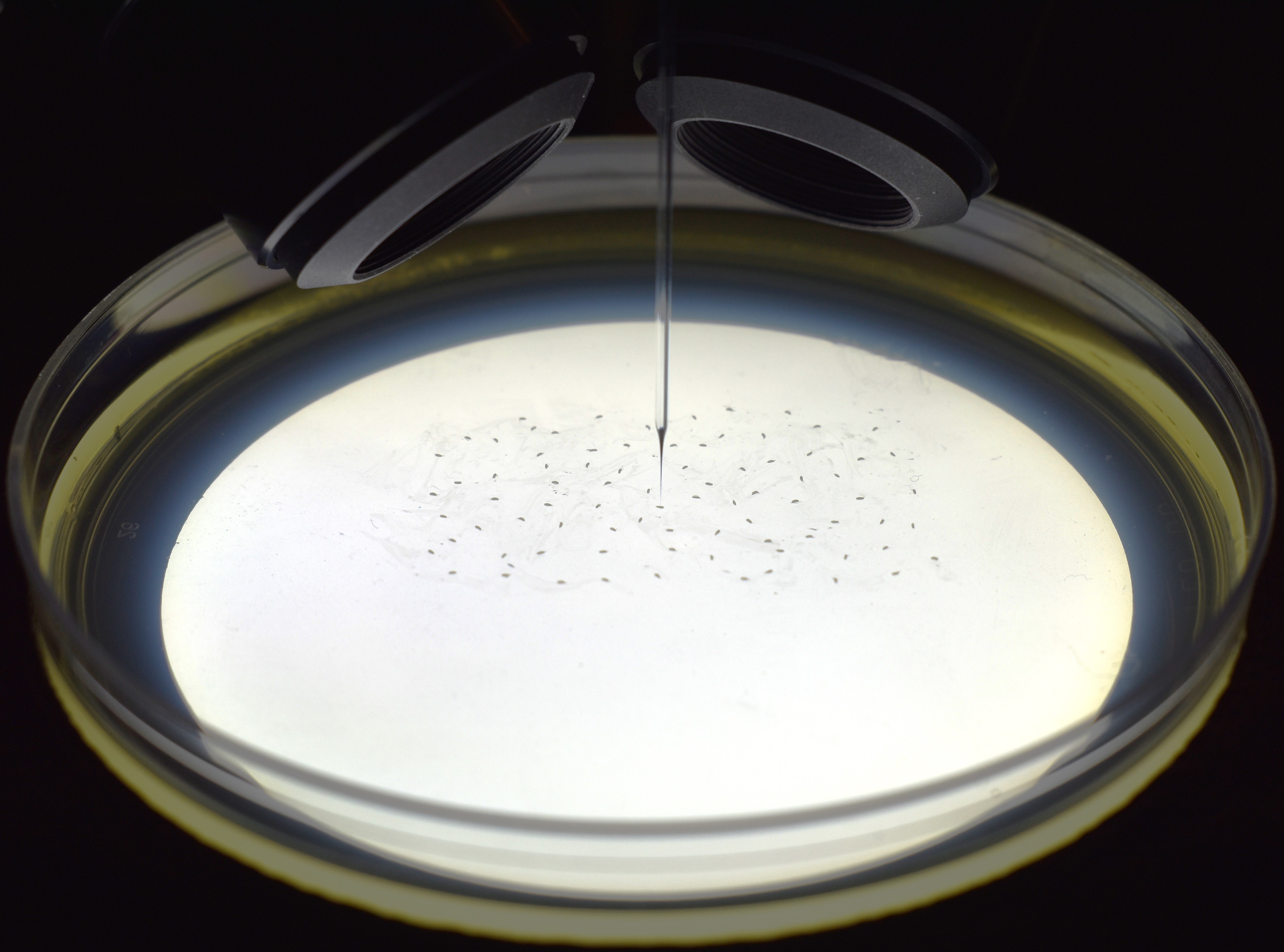
Automated machine learning robot unlocks new potential for genetics research
University of Minnesota Twin Cities researchers have constructed a robot that uses machine learning to fully automate a complicated microinjection process used in genetic research.
Octopus Inspires New Suction Mechanism for Robots
A new robotic suction cup which can grasp rough, curved and heavy stone, has been developed by scientists at the University of Bristol.
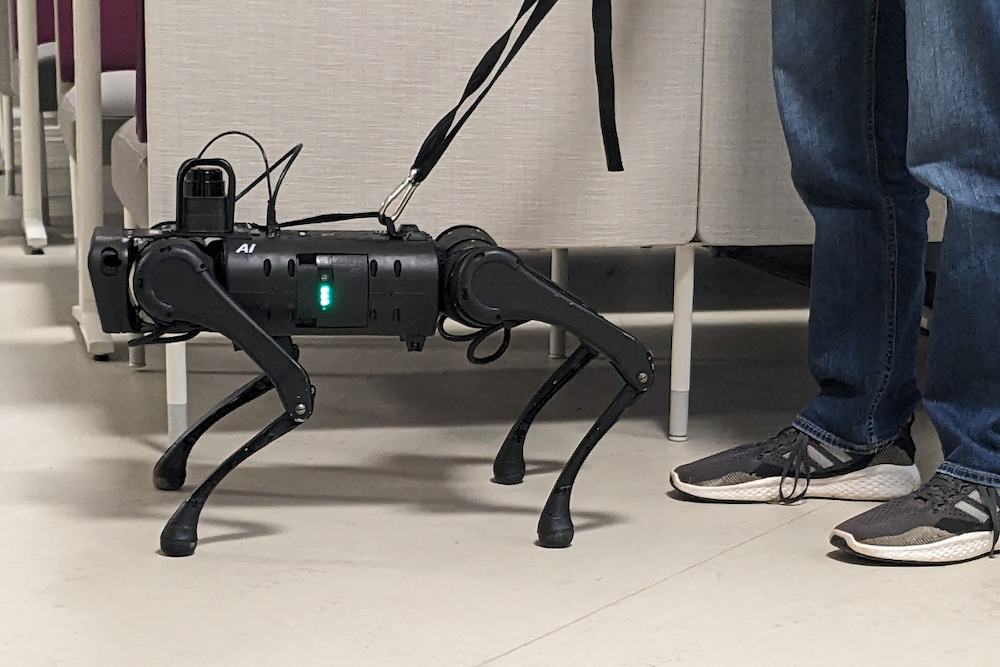
Computer scientists program robotic seeing-eye dog to guide the visually impaired
Engineers at Binghamton University, State University of New York have programmed a robot guide dog to assist the visually impaired. The robot responds to tugs on its leash.
New cyber algorithm shuts down malicious robotic attack
Australian researchers have designed an algorithm that can intercept a man-in-the-middle (MitM) cyberattack on an unmanned military robot and shut it down in seconds.
New robot could help diagnose breast cancer early
A device has been created that could carry out Clinical Breast Examinations (CBE).
Transformer! New multi-purpose robot changes shape for different uses
Researchers have designed a robot which can change form to tackle varying scenarios.
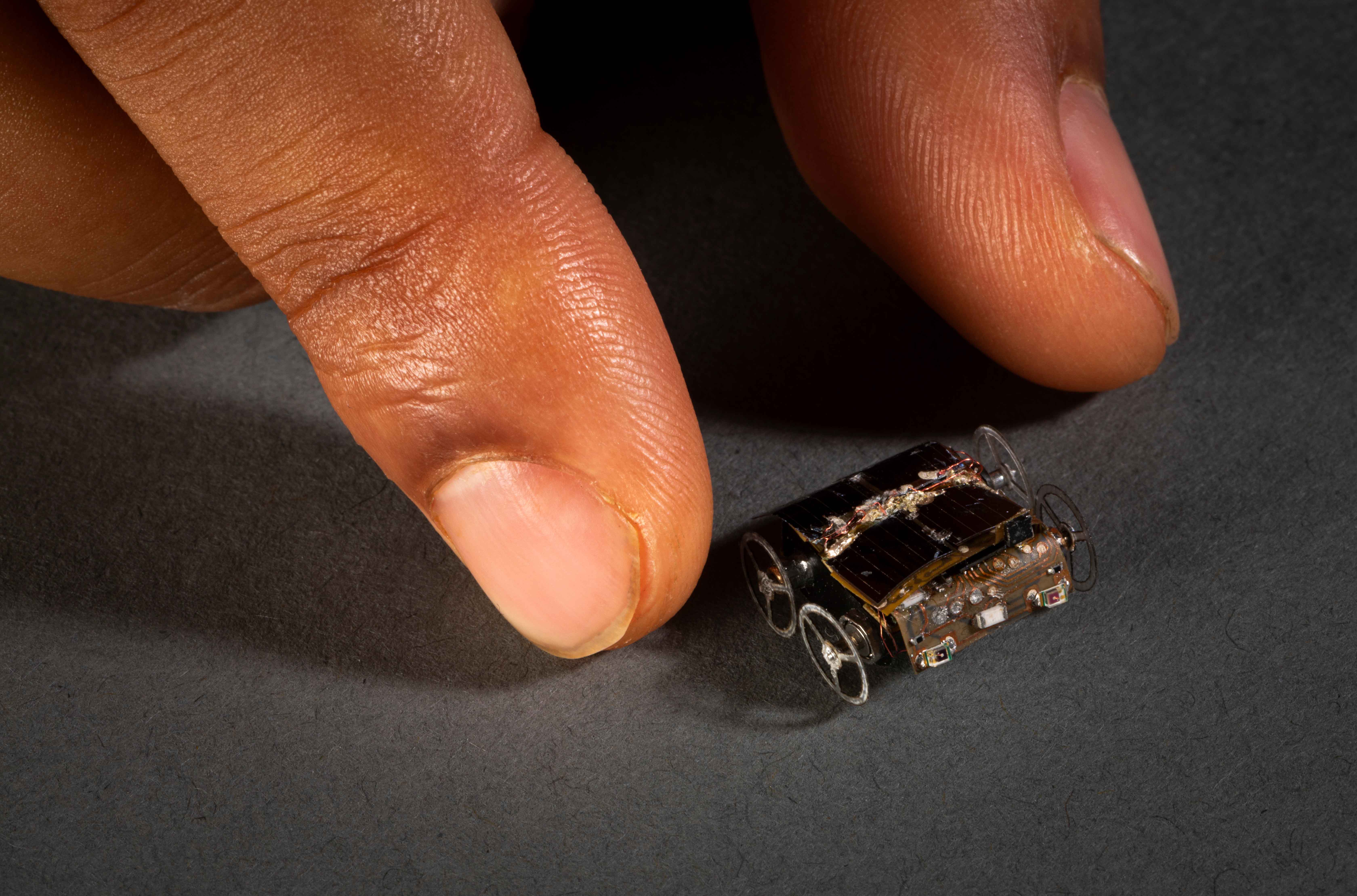
MilliMobile is a tiny, self-driving robot powered only by light and radio waves
The robot, equipped with a solar panel–like energy harvester and four wheels, is about the size of a penny, weighs as much as a raisin and can move about the length of a bus in an hour on a cloudy day.
Scientists Successfully Maneuver Robot Through Living Lung Tissue
Ron Alterovitz, PhD, in the UNC Computer Science Department, and Jason Akulian, MD MPH, in the UNC School of Medicine, have shown that their steerable lung robot can autonomously maneuver the intricacies of the lung, while avoiding important lung structures.
Combustion powers bug-sized robots to leap, lift and race
Cornell researchers combined soft microactuators with high-energy-density chemical fuel to create an insect-scale quadrupedal robot that is powered by combustion and can outrace, outlift, outflex and outleap its electric-driven competitors.
New dual-arm robot achieves bimanual tasks by leaning from simulation
An innovative bimanual robot displays tactile sensitivity close to human-level dexterity using AI to inform its actions.
Robotic proxy brings remote users to life in real time
Cornell University researchers have developed a robot, called ReMotion, that occupies physical space on a remote user’s behalf, automatically mirroring the user’s movements in real time and conveying key body language that is lost in standard virtual environments.
Meet the Autonomous Lab of the Future
To accelerate development of useful new materials, researchers at Berkeley Lab are building a new kind of automated lab that uses robots guided by artificial intelligence. A-Lab will rapidly test whether materials that have been computationally predicted can be made in reality. The lab’s vision is to use AI to discover materials of the future, starting with a focus on materials for batteries and energy storage.
Will a robot take my job? Notre Dame researcher says this view is overly pessimistic
With the impact of industrial robots on the U.S. labor markets in the past two decades, and an ever-increasing presence of machine-driven technology (such as artificial intelligence and ChatGPT), many employees have feared that one day robots will take their jobs. Not necessarily so, according to research recently published by Yong Suk Lee, an assistant professor in the University of Notre Dame’s Keough School of Global Affairs.
UNH Awarded $2.8 Million to Develop Robots to Care for People with Alzheimer’s and Dementia
Researchers at the University of New Hampshire will receive a five-year grant totaling $2.8 million from the National Institutes of Health (NIH) to develop and test social assistive robots to aid in the care of individuals with Alzheimer’s disease and related dementia in the comfort of their own homes.
Flawed AI Makes Robots Racist, Sexist
The work, led by Johns Hopkins University, the Georgia Institute of Technology, and University of Washington researchers, is believed to be the first to show that robots loaded with an accepted and widely used model operate with significant gender and racial biases. The work is set to be presented and published this week at the 2022 Conference on Fairness, Accountability, and Transparency.
Works well with robots?
As more artificial intelligence systems and robots aid human workers, building trust between them is key to getting the job done. One University of Georgia professor is seeking to bridge that gap with assistance from the U.S. military.
Teaching Robots to Think Like Us
In Applied Physics Letters, researchers outline how a robot could be taught to navigate through a maze by electrically stimulating a culture of brain nerve cells connected to the machine. These nerve cells were grown from living cells and acted as the physical reservoir for the computer to construct coherent signals. These findings suggest goal-directed behavior can be generated without any additional learning by sending disturbance signals to an embodied system.
Peachy Robot: A Glimpse into the Peach Orchard of the Future
Researchers are developing a robot that utilizes deep learning to automate certain aspects of the peach cultivation process, which could be a boon for many Georgia peach farms grappling with a shortage of workers. The self-navigating robot uses an embedded 3D camera to determine which trees need to be pruned or thinned, and removes the branches or peaches using a claw-like device attached to its arm.
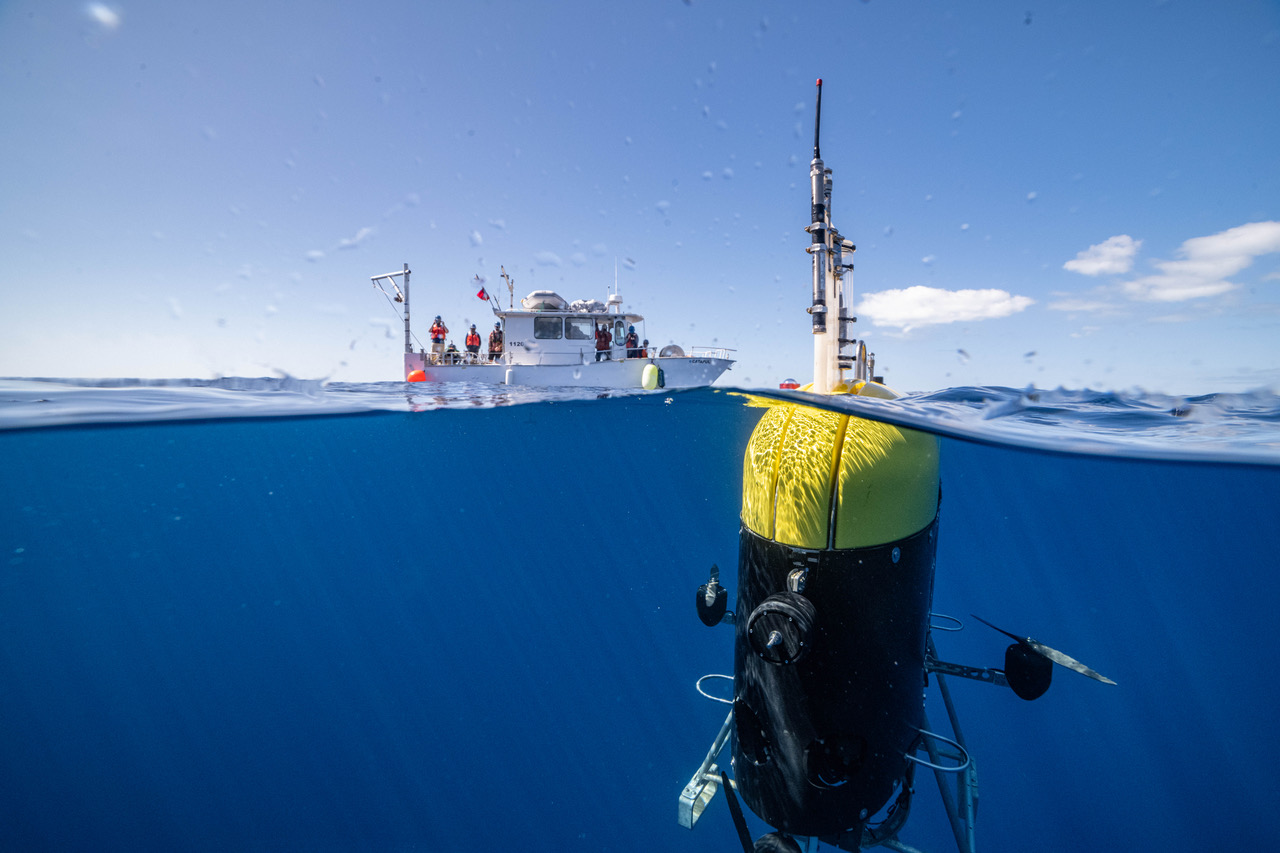
Underwater robot offers new insight into mid-ocean “twilight zone”
An innovative underwater robot known as Mesobot is providing researchers with deeper insight into the vast mid-ocean region known as the “twilight zone.” Capable of tracking and recording high-resolution images of slow-moving and fragile zooplankton, gelatinous animals, and particles, Mesobot greatly expands scientists’ ability to observe creatures in their mesopelagic habitat with minimal disturbance. This advance in engineering will enable greater understanding of the role these creatures play in transporting carbon dioxide from the atmosphere to the deep sea, as well as how commercial exploitation of twilight zone fisheries might affect the marine ecosystem.
Robots learn faster with quantum technology
Artificial intelligence is part of our modern life by enabling machines to learn useful processes such as speech recognition and digital personal assistants. A crucial question for practical applications is how fast such intelligent machines can learn. An experiment at the University of Vienna has answered this question, showing that quantum technology enables a speed-up in the learning process.
Engineers develop soft robotic gripper
Scientists often look to nature for cues when designing robots – some robots mimic human hands while others simulate the actions of octopus arms or inchworms. Now, researchers in the University of Georgia College of Engineering have designed a new soft robotic gripper that draws inspiration from an unusual source: pole beans.
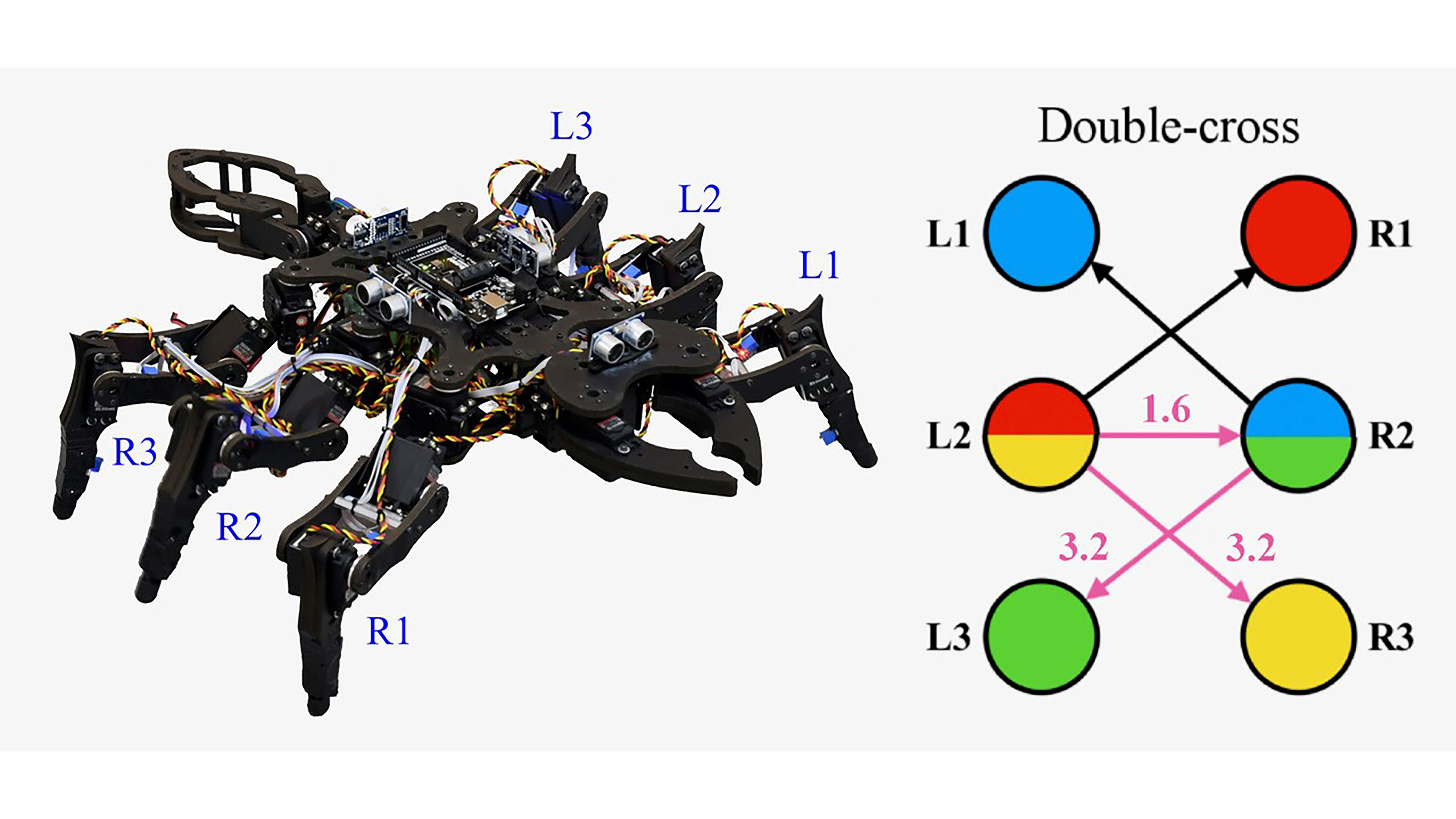
‘Chaotic’ Way to Create Insectlike Gaits for Robots
Researchers in Japan and Italy are embracing chaos and nonlinear physics to create insectlike gaits for tiny robots — complete with a locomotion controller to provide a brain-machine interface. Biology and physics are permeated by universal phenomena fundamentally grounded in nonlinear physics, and it inspired the researchers’ work. In the journal Chaos, the group describes using a system of three nonlinear differential equations as a building block for central pattern generators to control the gait of a robotic insect.

The Smellicopter is an obstacle-avoiding drone that uses a live moth antenna to seek out smells
A University of Washington-led team has developed Smellicopter: an autonomous drone that uses a live antenna from a moth to navigate toward smells. Smellicopter can also sense and avoid obstacles as it travels through the air.

Could robots for sex, friendship improve our aging society?
A bioethicist lays out the ethical rationale to develop robots for isolated and disabled older people – a population increasingly alone due to COVID-19. Many lonely seniors would value a robot for companionship and sexual gratification, writes Nancy Jecker at the Univ. of Washington School of Medicine.
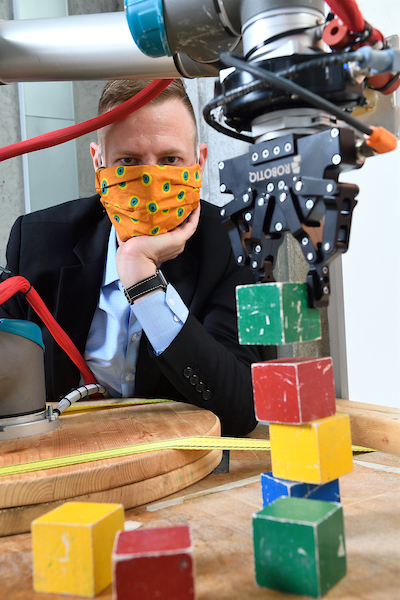
Dog Training Methods Help JHU Teach Robots to Learn New Tricks
With a training technique commonly used to teach dogs to sit and stay, Johns Hopkins University computer scientists showed a robot how to teach itself several new tricks, including stacking blocks. With the method, the robot, named Spot, was able to learn in days what typically takes a month.
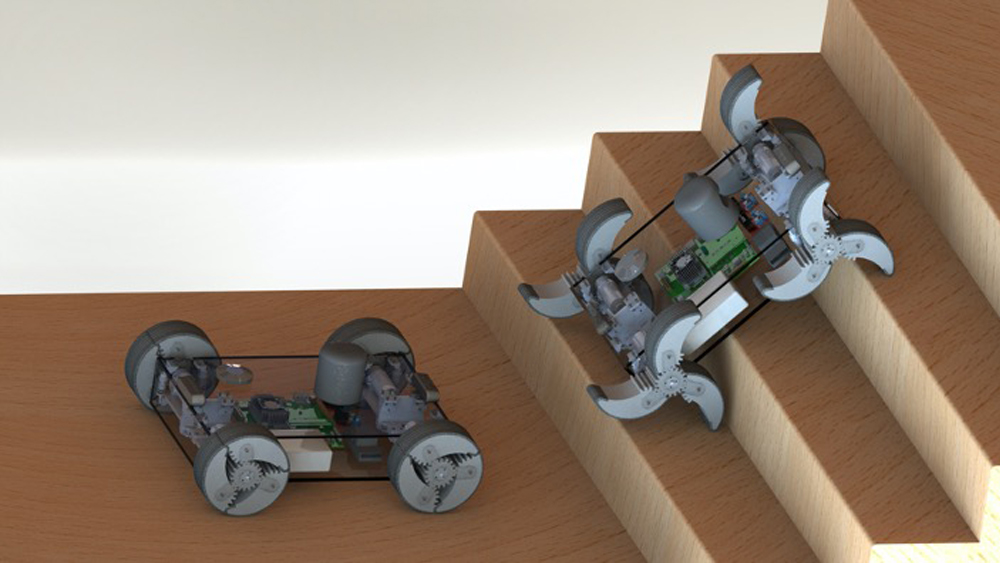
Researchers create robots that can transform their wheels into legs
A team of researchers is creating mobile robots for military applications that can determine, with or without human intervention, whether wheels or legs are more suitable to travel across terrains. The adaptable Wheel-and-Leg Transformable Robot can traverse over varying surfaces, including staircases, more efficiently.
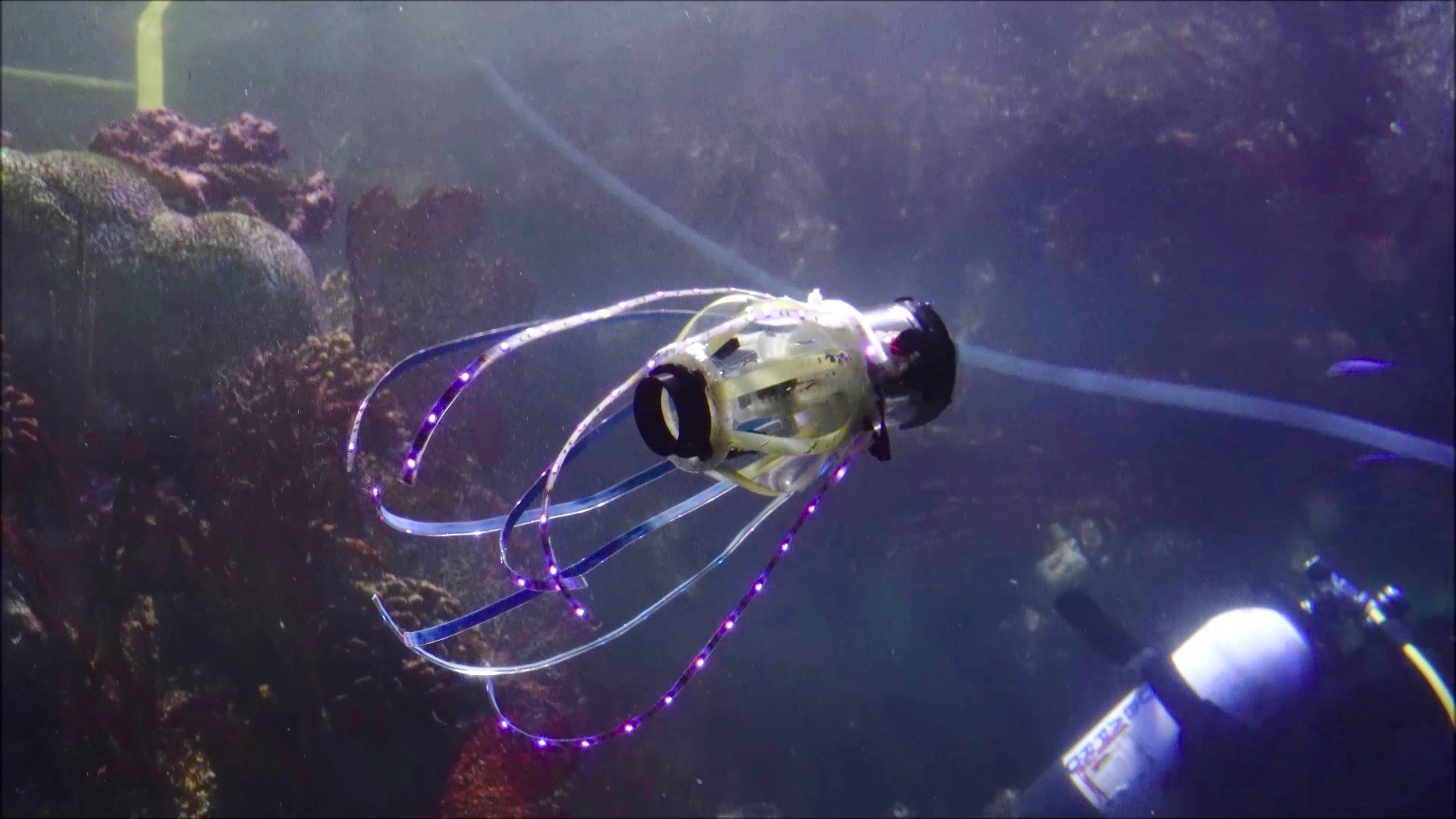
This ‘squidbot’ jets around and takes pics of coral and fish
Engineers at the University of California San Diego have built a squid-like robot that can swim untethered, propelling itself by generating jets of water. The robot carries its own power source inside its body. It can also carry a sensor, such as a camera, for underwater exploration. The researchers detail their work in a recent issue of Bioinspiration and Biomimetics.
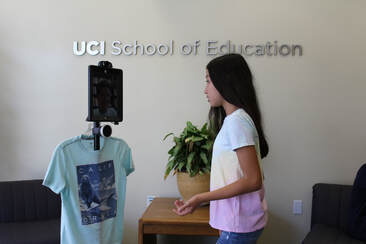
Robots to Help Children Touch the Outside World
A team of University of California researchers is working to improve telepresence robots and the algorithms that drive them to help children with disabilities stay connected to their classmates, teachers and communities. The effort is funded by a $1 million grant from the National Robotics Initiative at the National Science Foundation.
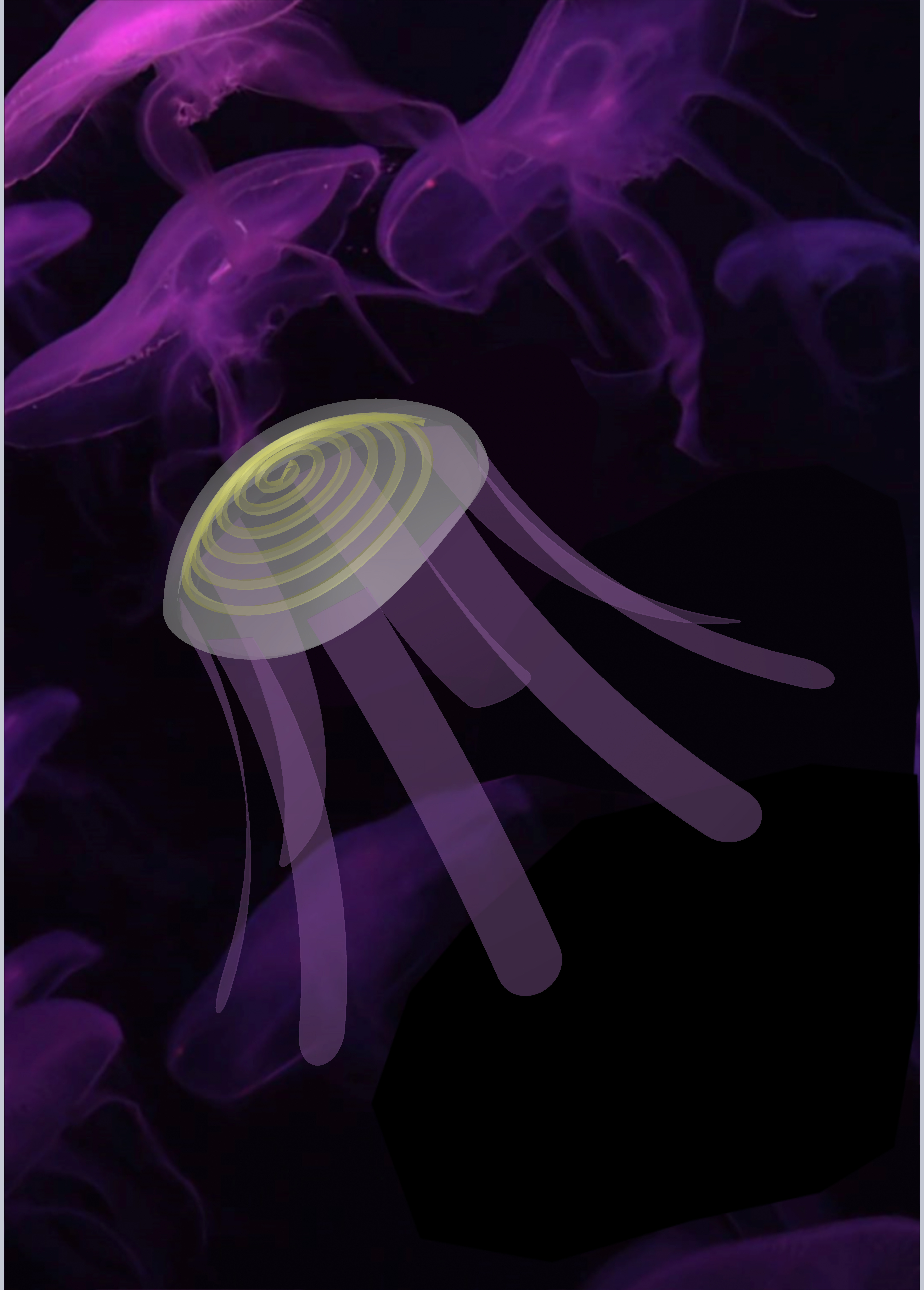
Jellyfish-Inspired Soft Robots Can Outswim Their Natural Counterparts
Engineering researchers have developed soft robots inspired by jellyfish that can outswim their real-life counterparts. More practically, the new jellyfish-bots highlight a technique that uses pre-stressed polymers to make soft robots more powerful.
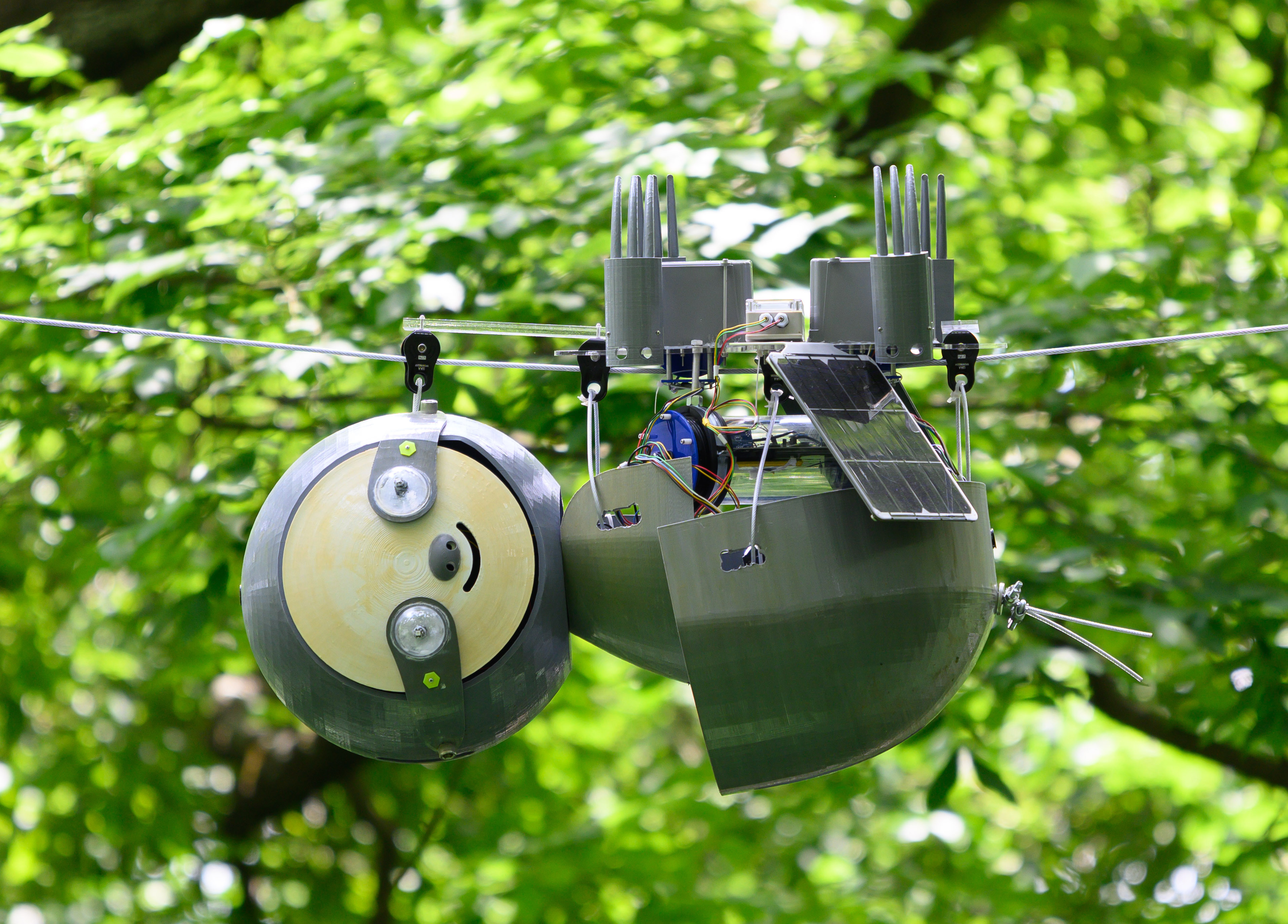
‘SlothBot in the Garden’ Demonstrates Hyper-Efficient Conservation Robot
For the next several months, visitors to the Atlanta Botanical Garden will be able to observe the testing of a new high-tech tool in the battle to save some of the world’s most endangered species. SlothBot, a slow-moving and energy-efficient robot that can linger in the trees to monitor animals, plants, and the environment below, will be tested near the Garden’s popular Canopy Walk.
Jitterbug: Roaches and robots shake it to transition between movements in tricky terrain
By chasing cockroaches through an obstacle course and studying their movements, the Johns Hopkins engineers that brought you the cockroach robot and the snake robot discovered that animals’ movement transitions corresponded to overcoming potential energy barriers and that they can jitter around to traverse obstacles in complex terrain.
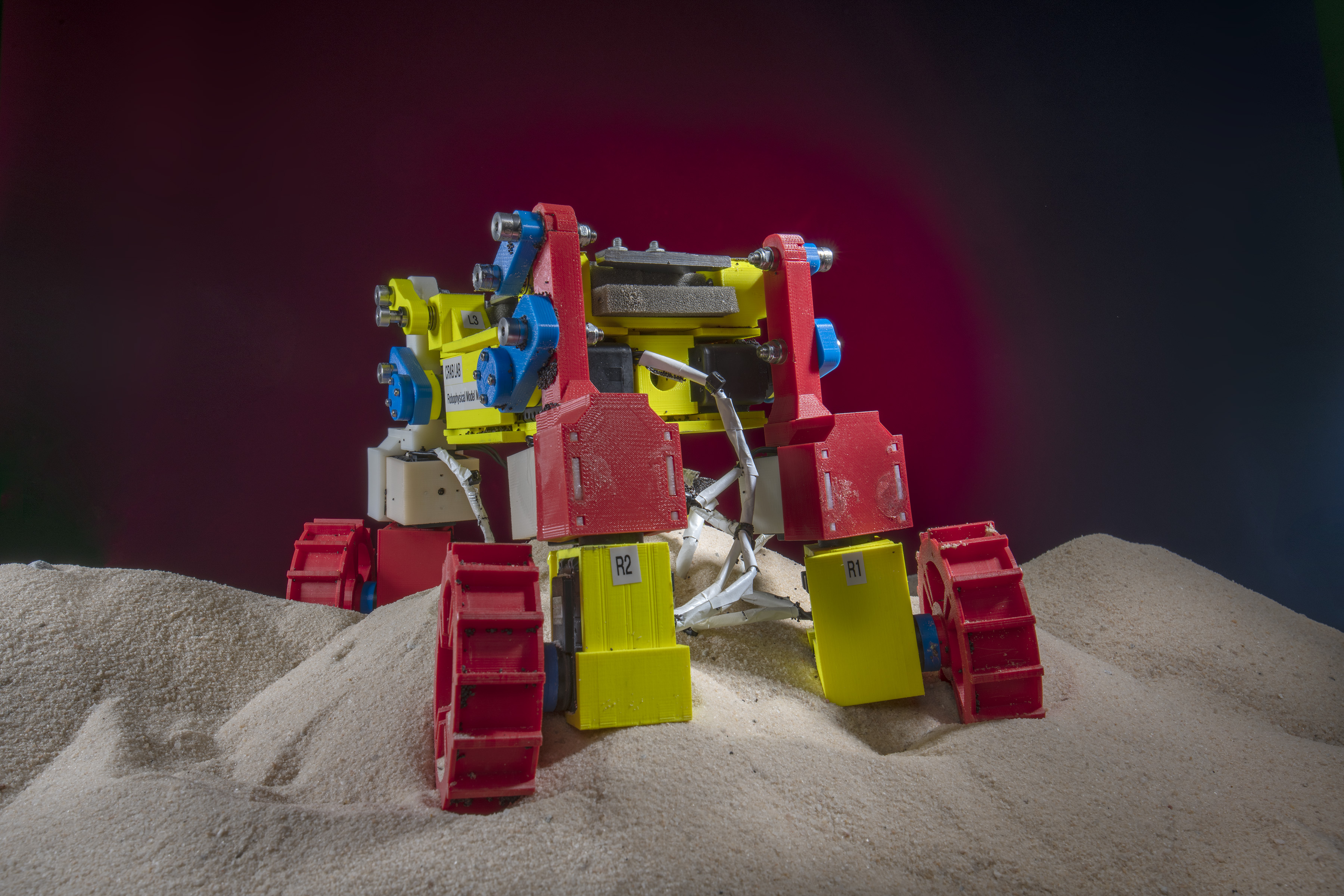
Planetary Exploration Rover Avoids Sand Traps with “Rear Rotator Pedaling”
Built with wheeled appendages that can be lifted and wheels able to wiggle, a new robot known as the “Mini Rover” has developed and tested complex locomotion techniques robust enough to help it climb hills covered with granular material – and avoid the risk of getting stuck on some remote planet or moon.
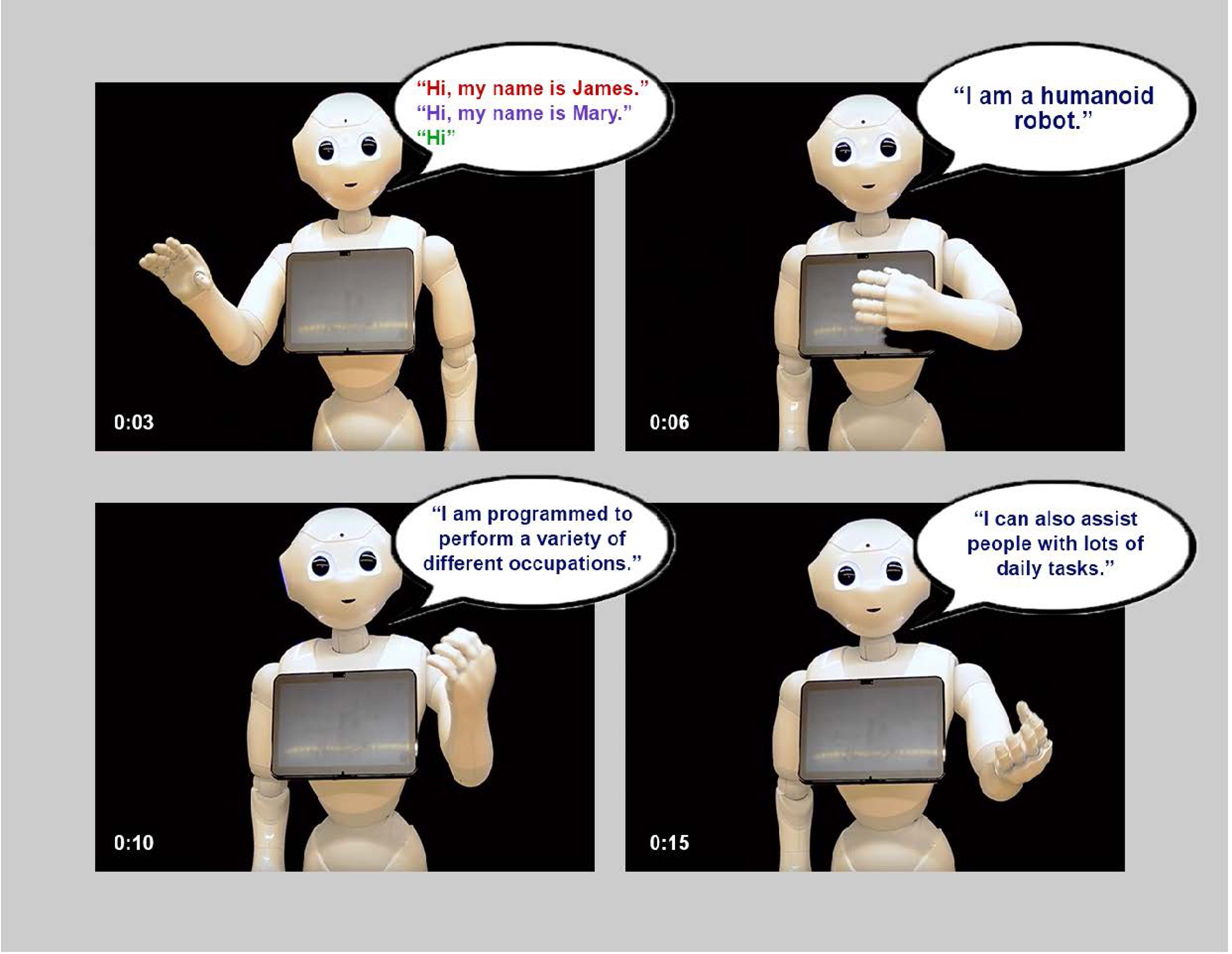
People Think Robots Are Pretty Incompetent and Not Funny, New Study Says
Detecting gender bias against robots was the original intent of a study that revealed two surprises: The gender bias didn’t appear. In its place, people were predisposed to find robots mostly incompetent, regardless of gender.

The Presence of ROBOTS during a global health crisis
“Look beneath the fears that fracture our society,” says Dustin Abnet, “and you’re likely to find a robot lurking there.” Even during a global health crisis such as COVID-19, robots — or at least desires for them — are present. Whether…
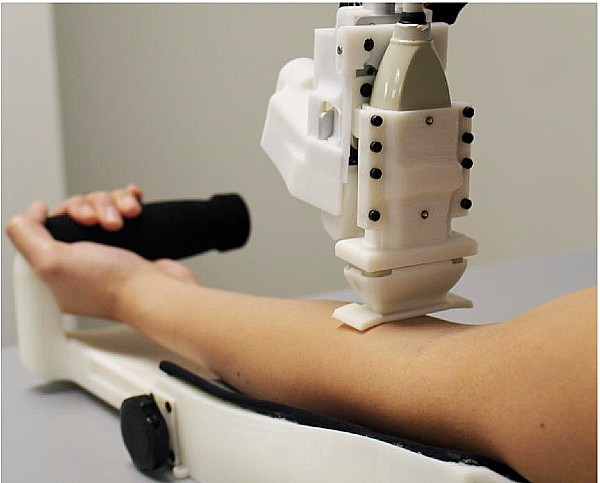
Robot designed to simplify blood draws
Bioengineers have created a blood-drawing robot that performed as well or better than technicians. The device could increase blood draw success from difficult- to-find veins and allow healthcare workers more time to treat patients.
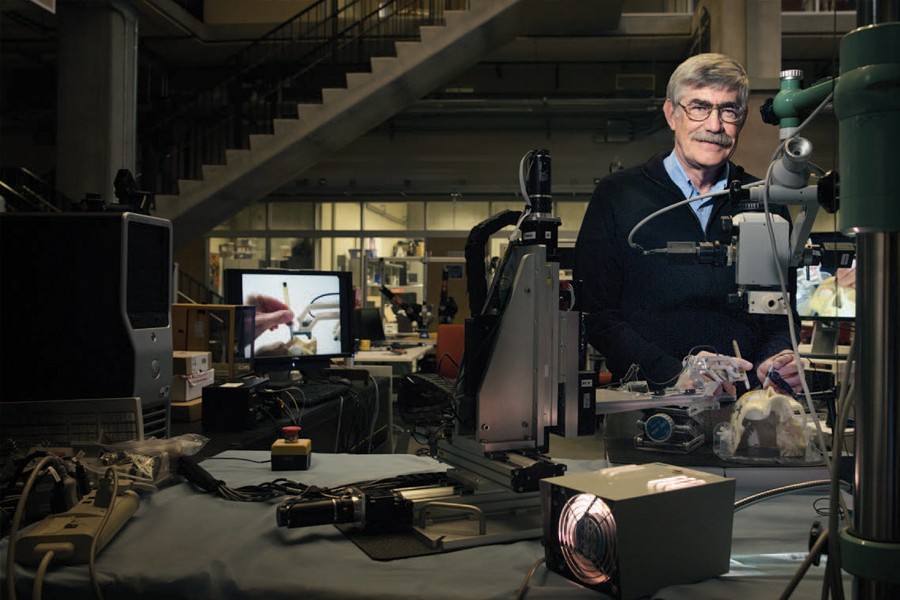
Robots vs. #COVID19: @JohnsHopkins expert available to discuss how robots may soon be used to disinfect operating rooms, resume manufacturing, take temperatures and more.
In a new Science Robotics editorial published today, experts discuss the potential use of robots to combat COVID-19 by decreasing risks posed to humans, safely resuming halted manufacturing and making teleoperations more efficient. Much of the work required in combatting…
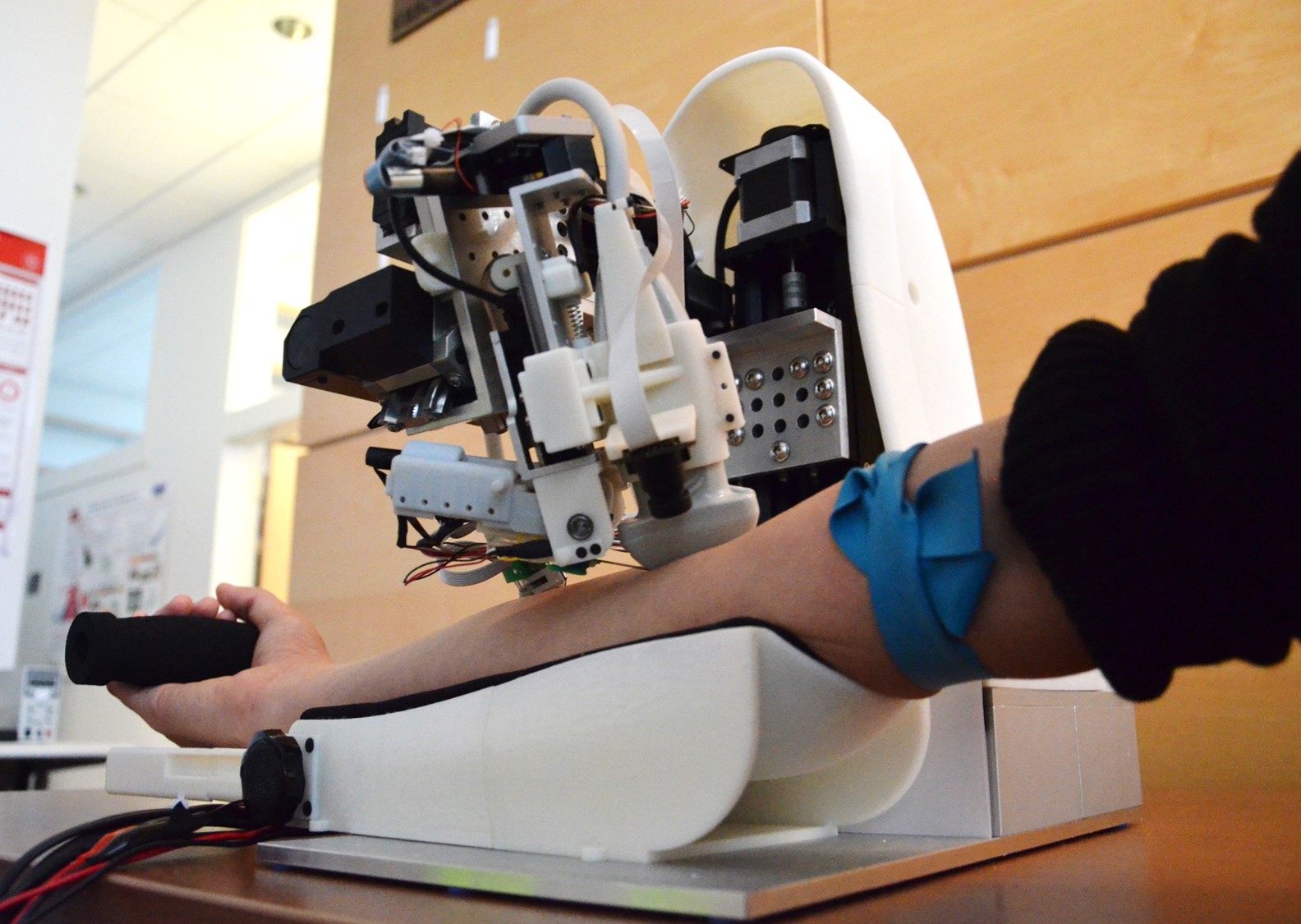
Robot Uses Artificial Intelligence and Imaging to Draw Blood
Rutgers engineers have created a tabletop device that combines a robot, artificial intelligence and near-infrared and ultrasound imaging to draw blood or insert catheters to deliver fluids and drugs. Their research results, published in the journal Nature Machine Intelligence, suggest that autonomous systems like the image-guided robotic device could outperform people on some complex medical tasks.
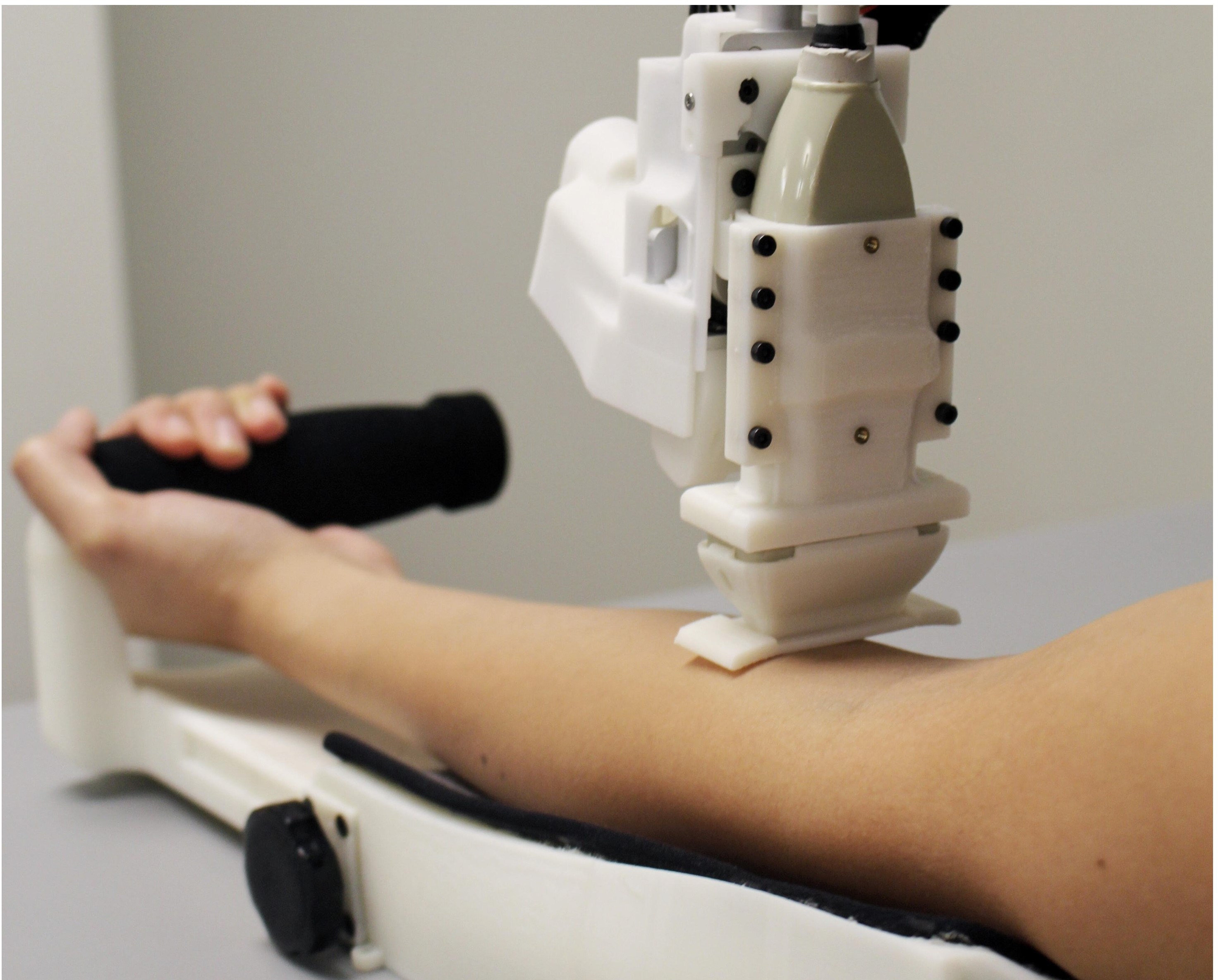
New Robot Does Superior Job Sampling Blood
In the future, robots could take blood samples, benefiting patients and healthcare workers alike. A Rutgers-led team has created a blood-sampling robot that performed as well or better than people, according to the first human clinical trial of an automated blood drawing and testing device.
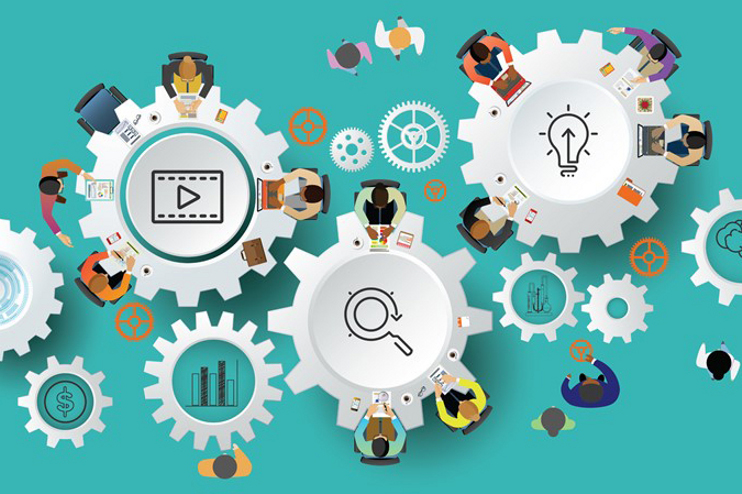
Tufts University Team Wins a Grand Prize in NSF Idea Machine Competition
A Tufts University team is one of four grand prize winners in the National Science Foundation’s search for big ideas to inform its research agenda for the coming decade.
Rutgers Experts Available to Discuss How Robots Enable Chemical Exposure Assessment
New Brunswick, N.J. (Jan. 27, 2020) – Robots can be programmed to perform tasks such as painting to generate exposure data on potentially harmful contaminants, according to a study in the Journal of Exposure Science & Environmental Epidemiology that was co-led…

Team builds the first living robots
Scientists repurposed living frog cells—and assembled them into entirely new life-forms. These tiny “xenobots” can move toward a target and heal themselves after being cut. These novel living machines are neither a traditional robot nor a known species of animal. They’re a new class of artifact: a living, programmable organism.